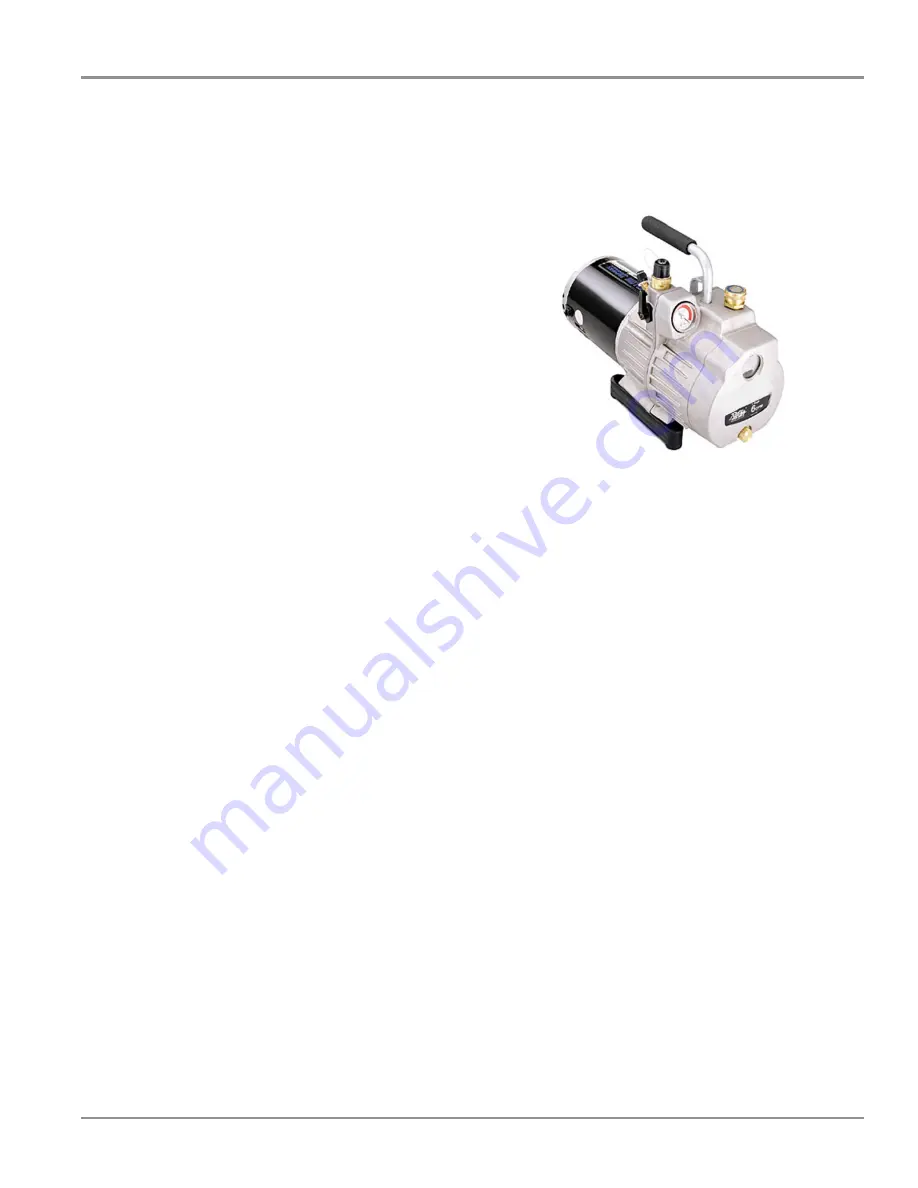
GENERAL INFORMATION
R600A Sealed System 2017
n
1-5
Gas detector Continued
5. The frequency of the tick (sound) is an indication of the
sensitivity. Move the knob until the ticking is rapid, for High
sensitivity, or slow for Low sensitivity.
NOTE: If a steady tick cannot be maintained, it is indicative that
the batteries may need to be recharged.
6. Search the general area of the suspected refrigerant leak.
When a detectable compound enters the tip, the tick rate
speeds up.
7. In conjunction with the increased speed of the tick the LEDs
will light from left to right as a combustible is detected. The
larger the concentration, the more the LEDS will light.
8. In most cases, it will not be necessary to adjust the sensitivity
of the detector. However, if the siren sounds before a possible
leak source can be found, it is likely that air is contaminated with
heavy concentrations of gas. Therefore, you may desensitize the
detector by moving the adjustment knob down to low sensitivity
until the ticking slows to normal.
9. If your are searching for extremely small leaks, Make certain
the control knob is in the High position or you hear rapid ticking.
Utilize vacuum pumps, recovery equipment, and other tools
that are rated for and certified for use with A3 flammable
refrigerants. Vacuum pumps must be certified for the
refrigerant being used.
Evacuation:
If a vacuum pump rated for A3-refrigerant is not available,
check with your vacuum pump manufacturer for
instructions about using equipment for A3s such as R600a.




















